If you’re ever at Walt Disney World and are exploring Tomorrowland in the Magic Kingdom, you might notice an unusual, circular building: Walt Disney’s Carousel of Progress. The show highlights the history of technological advances over the decades and the spirit of creating an ever more beautiful tomorrow. It’s a circular, rotating theater where seated guests move between several scenes highlighting different eras of the 20th century – along with the new progress in technology at those times.
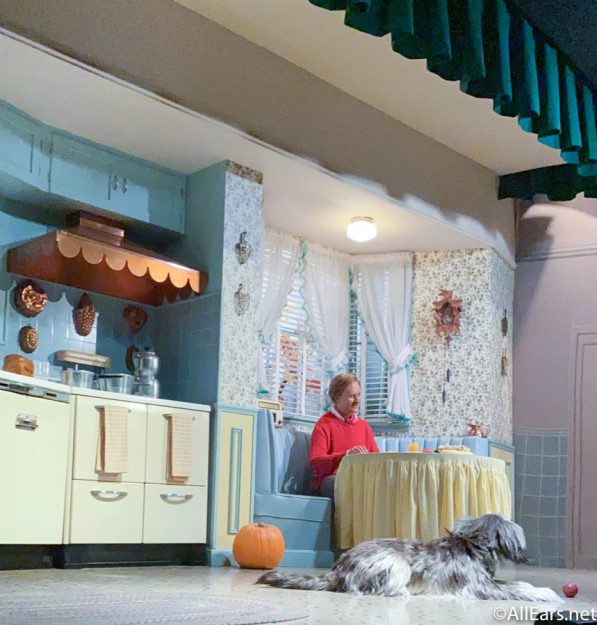
While Carousel of Progress may not be an exciting thrill ride, it’s still worth checking out for other reasons. Not only is the show fun for the whole family, but the attraction has a rich history of its own. As Carousel’s intro proudly states, the show was “Walt’s idea from beginning to end.” This is the oldest attraction in Walt Disney World with direct connections to Walt Disney, and it embodies Walt’s own bright ideal of progress. So sit back, relax, and discover the fascinating history behind Carousel of Progress.
Early Visions for Progress on Main Street
Even as far back as the planning for Disneyland in Anaheim, the idea that would become Carousel of Progress was already forming in Walt Disney’s creative mind. Many of his exciting ideas were too big for Disneyland at the time, including expansions to Main Street, U.S.A. He wanted a side street called Edison Square. It would showcase the bright advancements at the turn of the 20th century. The centerpiece attraction for Edison Avenue, which would have been financed by General Electric, was envisioned as Harnessing the Lightning.
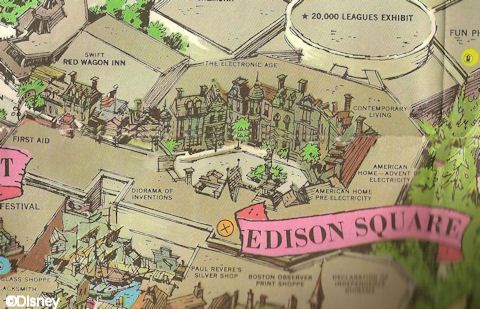
Much like Carousel of Progress, Harnessing the Lightning would have featured multiple stages showing American families experiencing new technology at key points in the past, present, and future. However, unlike Carousel of Progress, it would have been a walk-through attraction, with doors between sections opening and closing between acts. Still, the imagined singing and dancing animatronics would have been delightful to behold. Ultimately, the plan was scrapped, in part because Disney’s animatronics still needed improvement at the time. Even so, Harnessing the Lightning provided the general framework for what would become Carousel of Progress.
Beginnings at the World’s Fair
The Carousel of Progress came into fruition for the New York World’s Fair of 1964 and 1965. Walt was hired by several different funders to create four different World’s Fair attractions. One such Disney pavilion at the fair, funded by General Electric, featured Carousel of Progress, also known as Progressland at the fair. It took the original concept of Harnessing the Lightning and turned it into a rotating theater, demonstrating how far Disney Imagineering had come since Disneyland opened in 1955. The end result was a three-floor theater, with the entrance on the first floor and the main show on the second floor.
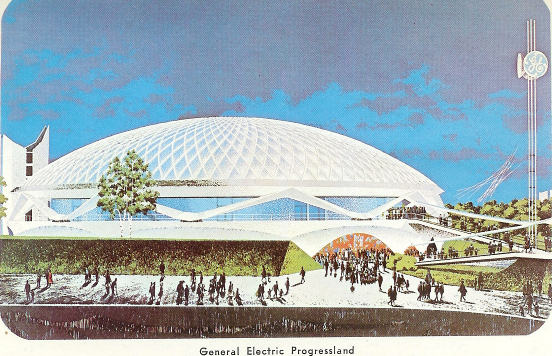
Walt became strongly engaged in the development of Carousel of Progress. He personally visited the production studio on a regular basis. Walt went as far as plopping himself in the show’s bathtub to suggest how to reposition Uncle Ovrille. He also stayed up late at night to brainstorm improvements the show. In addition, he had the Sherman Brothers, famous for creating beloved Disney songs like “It’s a Small World” and “Winnie the Pooh”, compose a catchy theme song for Carousel of Progress, called “There’s a Great Big Beautiful Tomorrow.”

During the preparation for the World’s Fair, Imagineers made significant advances that helped make Carousel of Progress possible, such as the near-perfection of audio-animatronics. The animatronic people found in the different sections of Carousel of Progress proved incredibly lifelike. This helped further engage audiences in the fun stories of American families over the decades. In addition, the new design for a rotating theater – where the seats leisurely moved between stationary scenes – enabled over 200 people to pass through the show every four minutes.

All-in-all, Disney had incredible success with all its attractions at the World’s Fair, including Carousel of Progress. Despite the fast turnaround rate for the show, lines for Carousel of Progress were often at least an hour long, demonstrating its great popularity with guests. On especially busy days, thousands of visitors would pass through the attraction in a single day. The success of Progressland and other Disney pavilions at the World’s Fair helped Disney make make a splash with eastern audiences. It set the stage for developing a full-fledged park on the East Coast – what would eventually become Disney World.
A Stint in Disneyland
Even after the World’s Fair was over, Walt was hardly going to let his brilliant attractions go to waste, so almost all of them returned with him to become new features at Disneyland. Carousel of Progress ended up in Tomorrowland. It was one of just a few free rides at the time that didn’t require a ticket. The new set-up of was nearly identical to its original World’s Fair version, albeit without product placement references to General Electric. Like the World’s Fair version, Disneyland’s took guests through the 1900s, the 1920s, the 1940s, and a futuristic Christmas in the 1960s, using the same animatronics as the original.
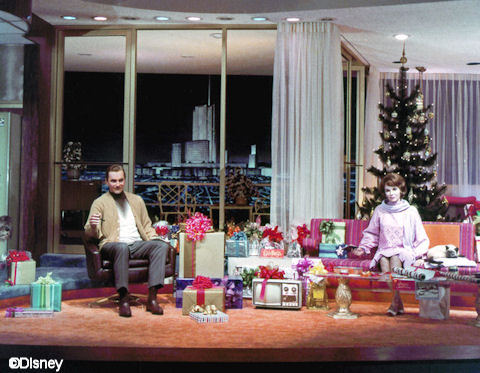
However, there was a change to the second floor of Carousel of Progress. Both the World’s Fair and Disneyland’s versions of the attraction contained multiple floors (Disneyland’s had two floors). After watching the main attraction, audiences could go up to another floor above. At the World’s Fair, the top floor featured a “Skydome Spectacular” where General Electric displayed projections on the ceiling. At the Disneyland one, on the other hand, people had the chance to see a large model of the futuristic, utopian Progress City. This was an early model of Walt’s vision for the Experimental Prototype Community of Tomorrow (EPCOT).

Due to declining popularity of the attraction at Disneyland, General Electric asked Disney to move Carousel of Progress over to the newly opened Magic Kingdom in Florida. Carousel closed at Disneyland in 1974. Disney replaced the attraction with the now defunct show America Sings. Currently, the building that once housed Carousel of Progress at Disneyland hosts the Star Wars Launch Bay. Even so, the original attraction lives on in its new home at Walt Disney World.
A New Groove at Disney World
Carousel of Progress reopened at Walt Disney World in 1975, on the same day that Space Mountain opened. While there had been only a few small changes between the World’s Fair and Disneyland versions, the Disney World version had a number of differences compared to the original. First of all, the attraction building only has a single floor, with no post-show viewing of EPCOT. In addition, the theater rotates clockwise (the previous versions moved counterclockwise).

Furthermore, a few changes were made to the actual Carousel of Progress show. The final scene took place on New Year’s Eve instead of Christmas Eve, and it was set in the 1970s (though later changed to the 1980s). Also, at the request of General Electric the Disney World version started out with a different theme song, though one also designed by the Sherman Brothers: “The Best Time of Your Life”. Plus, the show used a new set of voices for the animatronic cast.
There Was A Sequel?
While there is no direct “sequel” ride to Carousel of Progress, General Electric did sponsor a spiritual successor of sorts with the attraction Horizons. After Epcot opened, Disney opened Horizons in 1983. It was located on the eastern side of Future World. The ride was intended to essentially continue the storyline of Carousel of Progress. Horizons went Carousel’s final act in the present and jumped into a grand tour of a spectacular future in the 21st century. Like with Carousel of Progress, Walt Disney was closely involved in the making of Horizons. He even originally wanted to call the ride “Century Three” to signify its link to Carousel of Progress.

Horizons continued Carousel’s concept of a moving theater, with guests riding in slow-moving omnimover cars that functioned more like theater seats facing the stage. Plus, Horizons’ various scenes depicted different members of a family as they went about their daily, sci-fi lives, tying in with the common theme of family between the two rides. As audiences slowly traveled past scenes of family members at amazing places like weather-control stations and underwater cities, it felt like an extension of Carousel’s unique style of story presentation. At one point early in the ride, you could even hear “There’s a Great Big Beautiful Tomorrow” play in the background.

Sadly, Horizons is no longer open. General Electric ceased sponsorship for the ride in 1993, but the ride continued to run until finally closing in 1999. The area has since then been demolished to make way for the still-operating Mission: Space attraction. Even though Epcot the park has proved vastly different from Walt’s initial vision of EPCOT as a utopian city, a bit of his spirit had lived on at Epcot in Horizons. But even with the loss of Horizons, the story of progress that it built off endures with Carousel of Progress.
A New Look and an Old Song
Although General Electric no longer sponsored Carousel of Progress after 1985, the attraction continued to draw in curious viewers from the park. During plans to revamp Tomorrowland in the 1990s, Disney considered closing Carousel of Progress and replacing it with a flyer saucer ride. Fortunately, Carousel of Progress was never removed. However, it did receive some fun upgrades. When it opened as the first updated attraction in New Tomorrowland in 1993, Carousel of Progress now had colorful spokes and cogs decorating its outside sign.

The 1993 update changed the whole show, with yet another new voice cast along with a new pre-show narrative. Jean Shepherd (also famous for his role in The Christmas Story) provides the voice for John (the father in each scene), for example. In addition, the original voice actor for the father at the World’s Fair and Disneyland, Rex Allen, returns to voice the grandfather in the last act. The final scene went back to Christmas once more, with the holiday set in 2000 (later just the 21st century in general). Most importantly, the theme song returned to “There’s a Great Big Beautiful Tomorrow.”

The latest iteration has brought the finale scene into more modern times. The family now dons updated outfits, one with a nod to a former fellow attraction.

The Carousel of Progress remains a fun and relaxing attraction in Tomorrowland. It pays tribute not only to history and technology but also to Walt Disney himself. Walt would be happy to know that Carousel of Progress has had more performances than any other stage show in American theater history. Videos outside the entrance talk about some of the amazing history behind the ride, so be sure to take a minute to watch the video before going into the show.
Which scene from Carousel of Progress is your favorite, and why? Please feel free to share your favorite scenes with us in the comments.
Join the AllEars.net Newsletter to stay on top of ALL the breaking Disney News! You'll also get access to AllEars tips, reviews, trivia, and MORE! Click here to Subscribe!


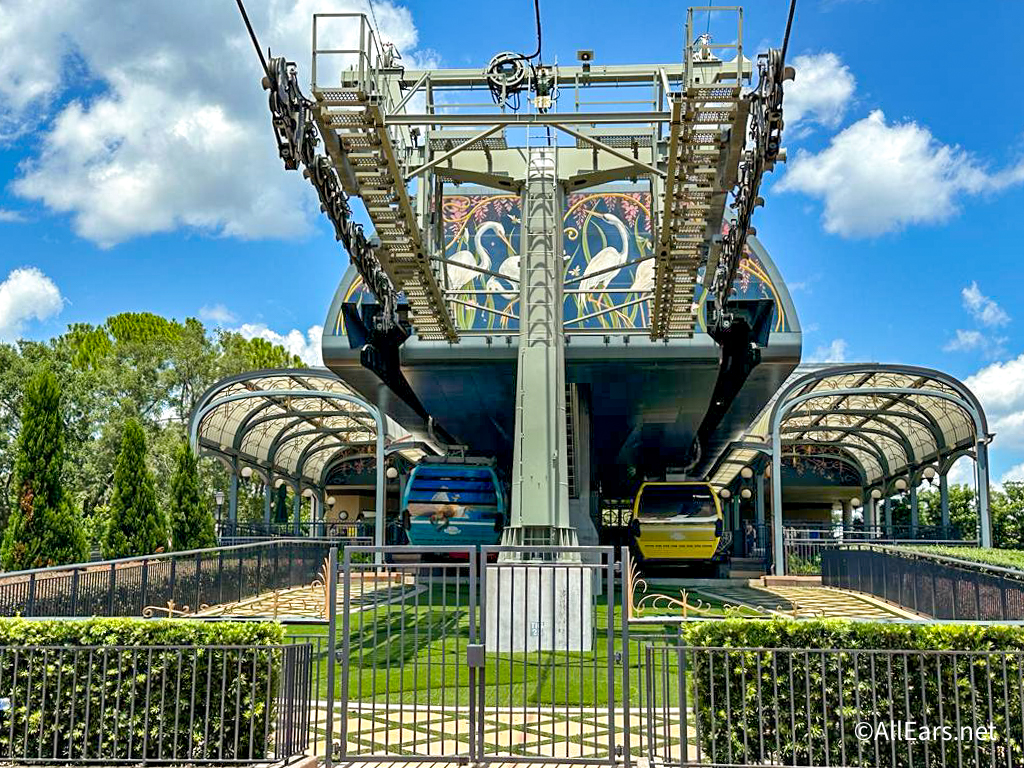



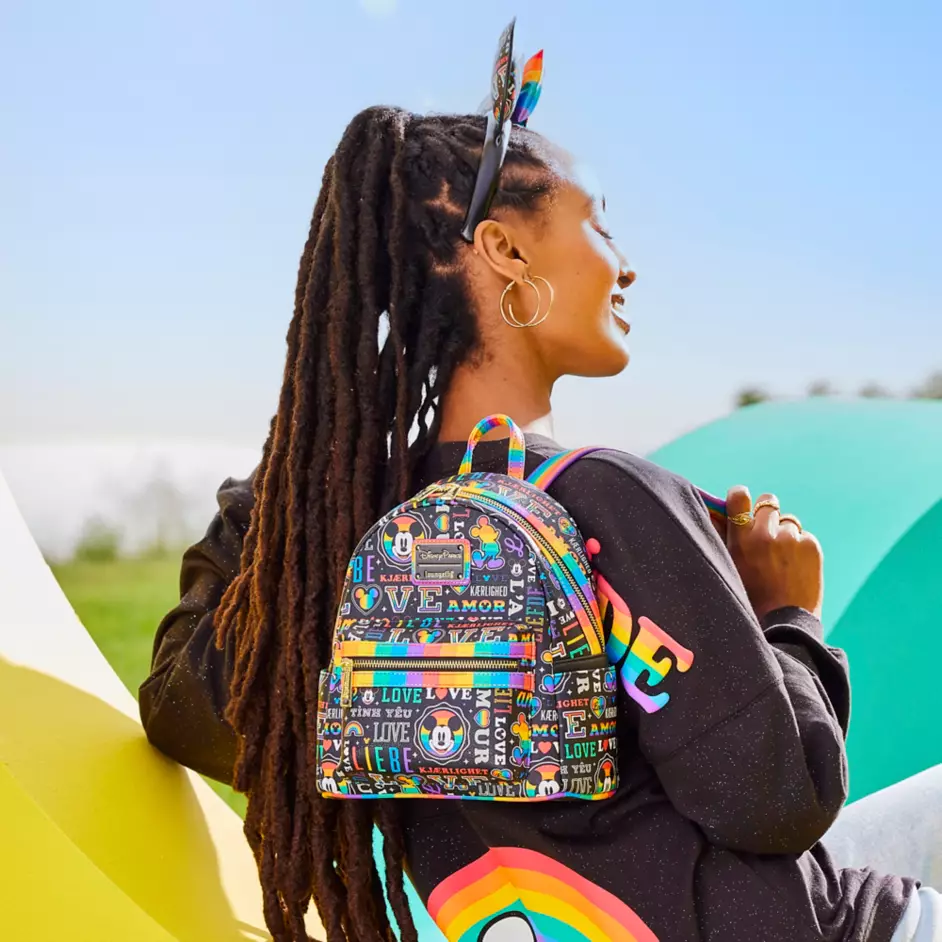
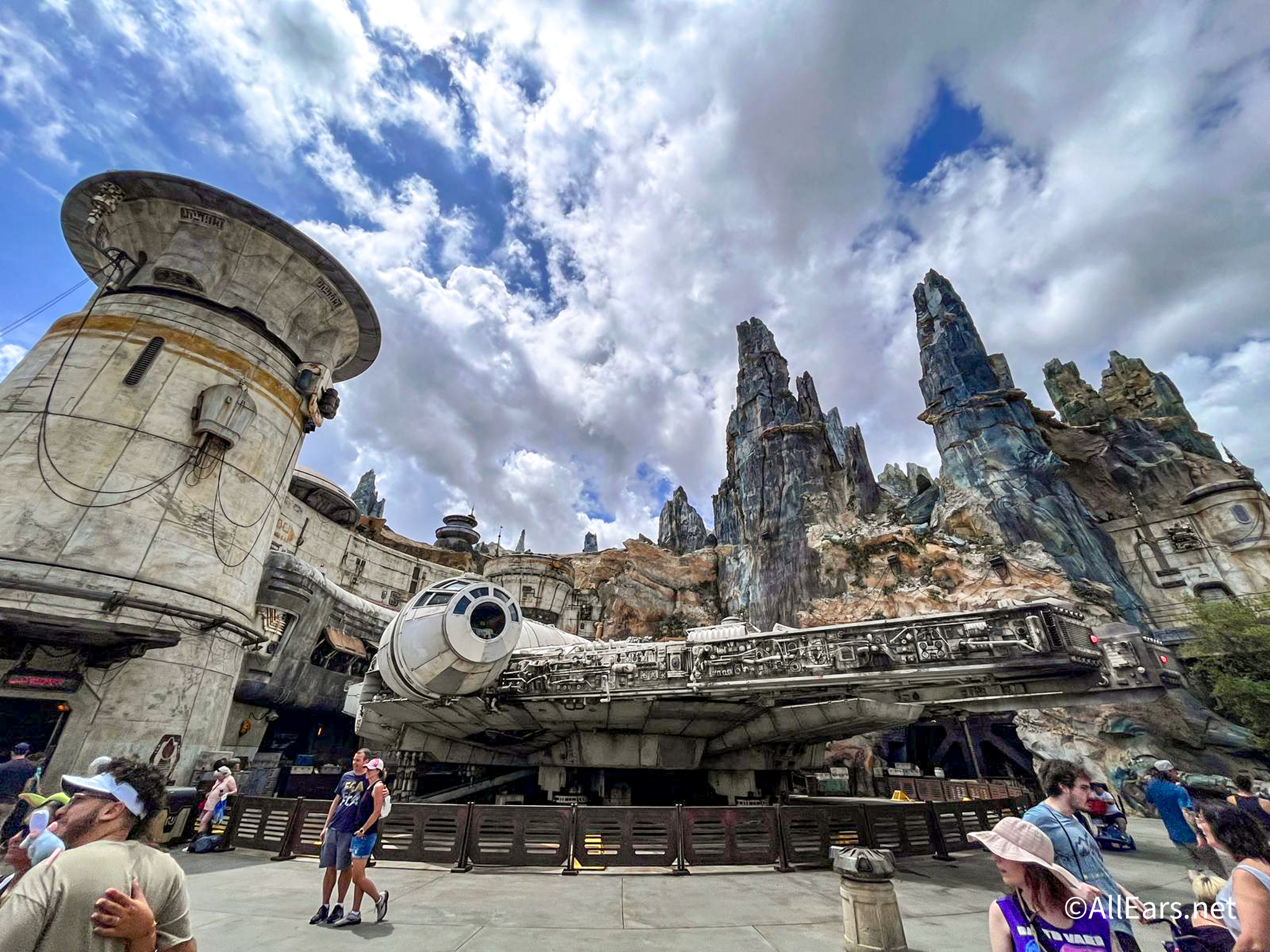
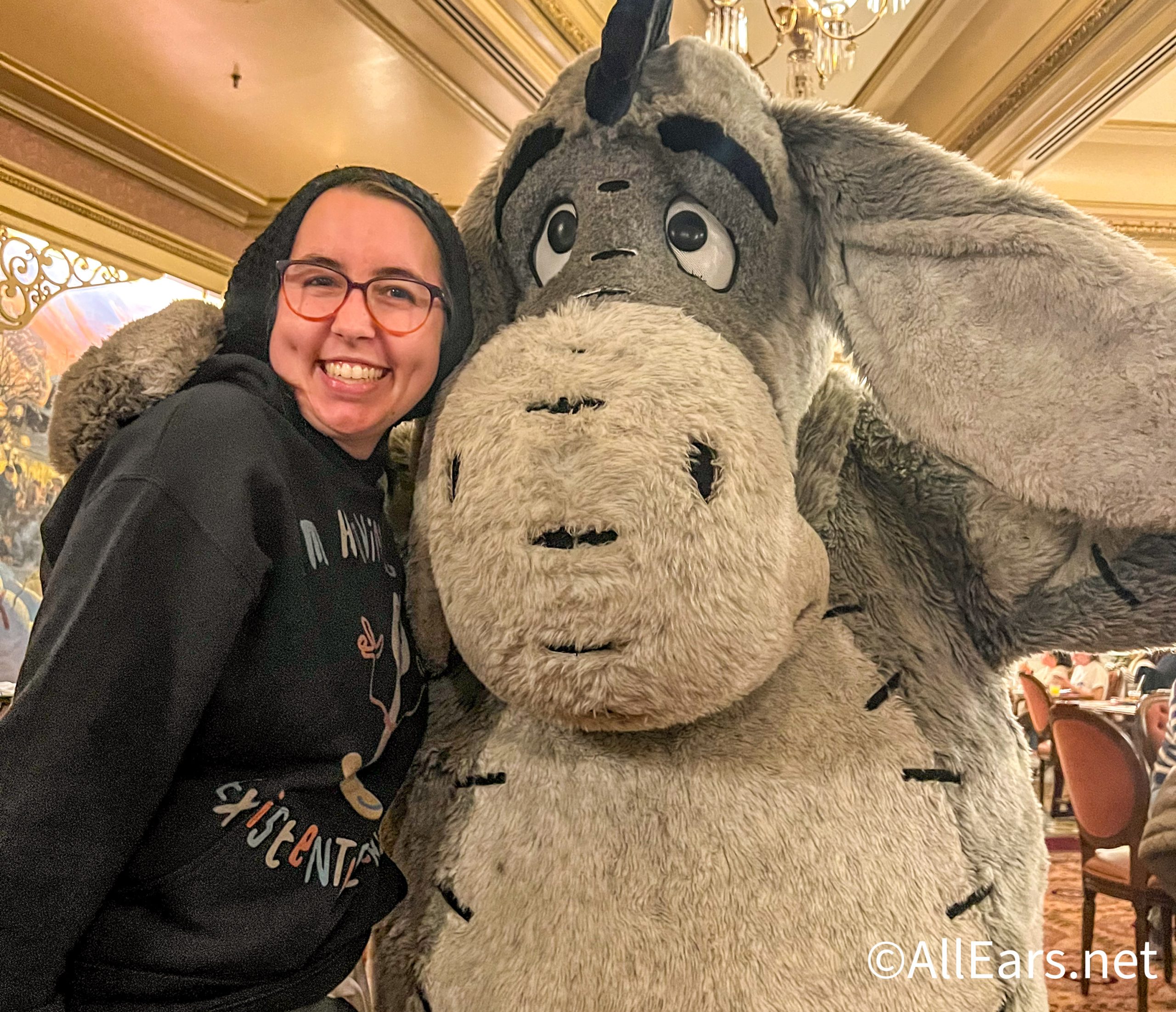



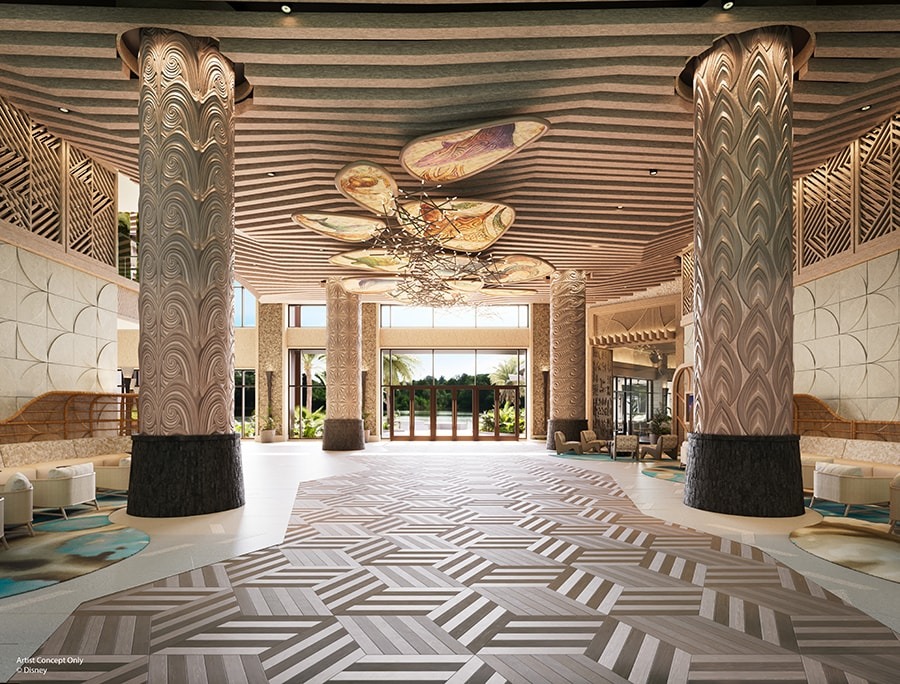
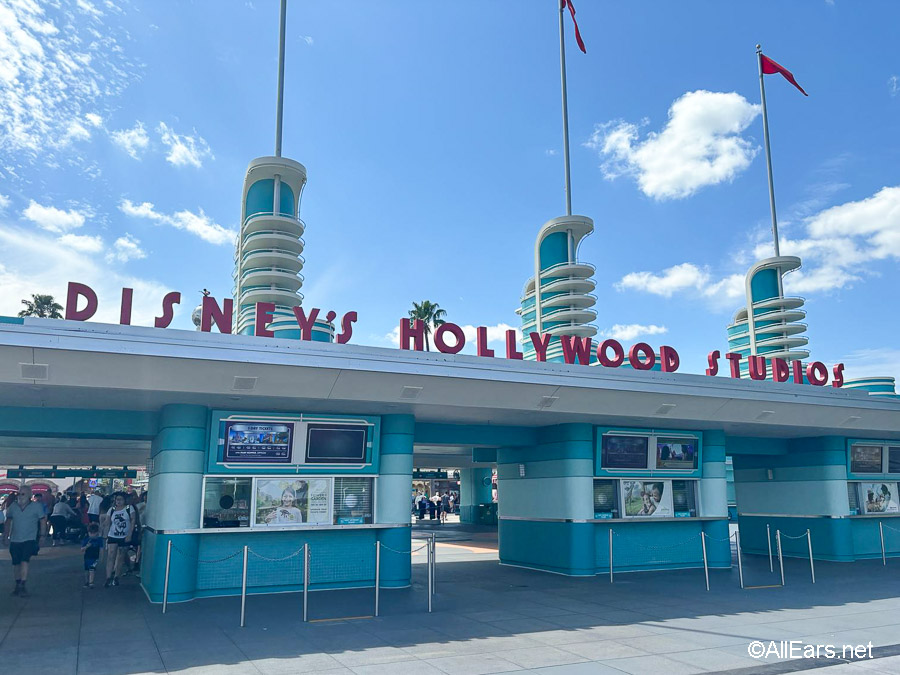
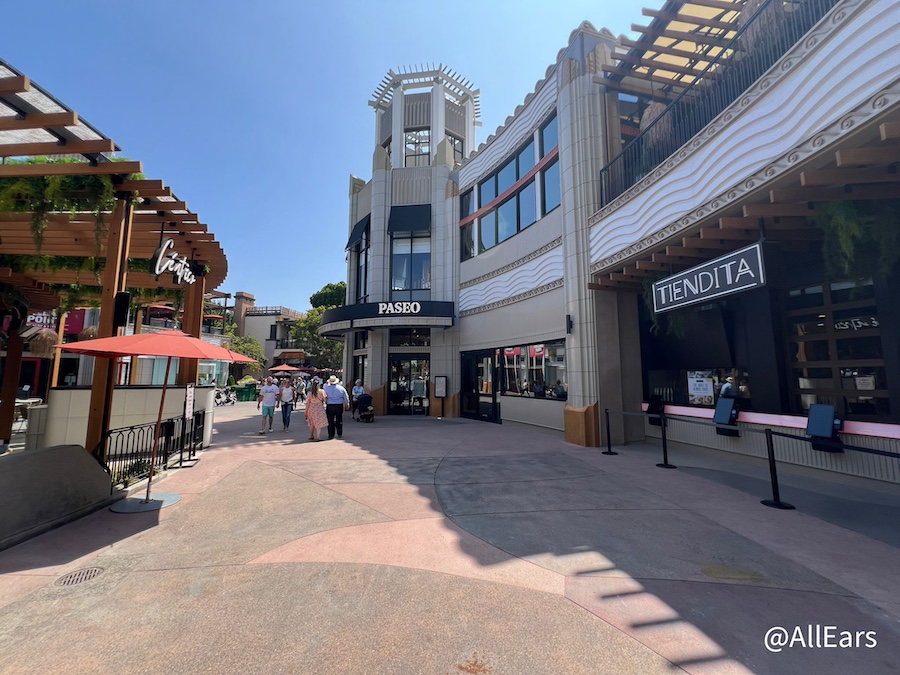
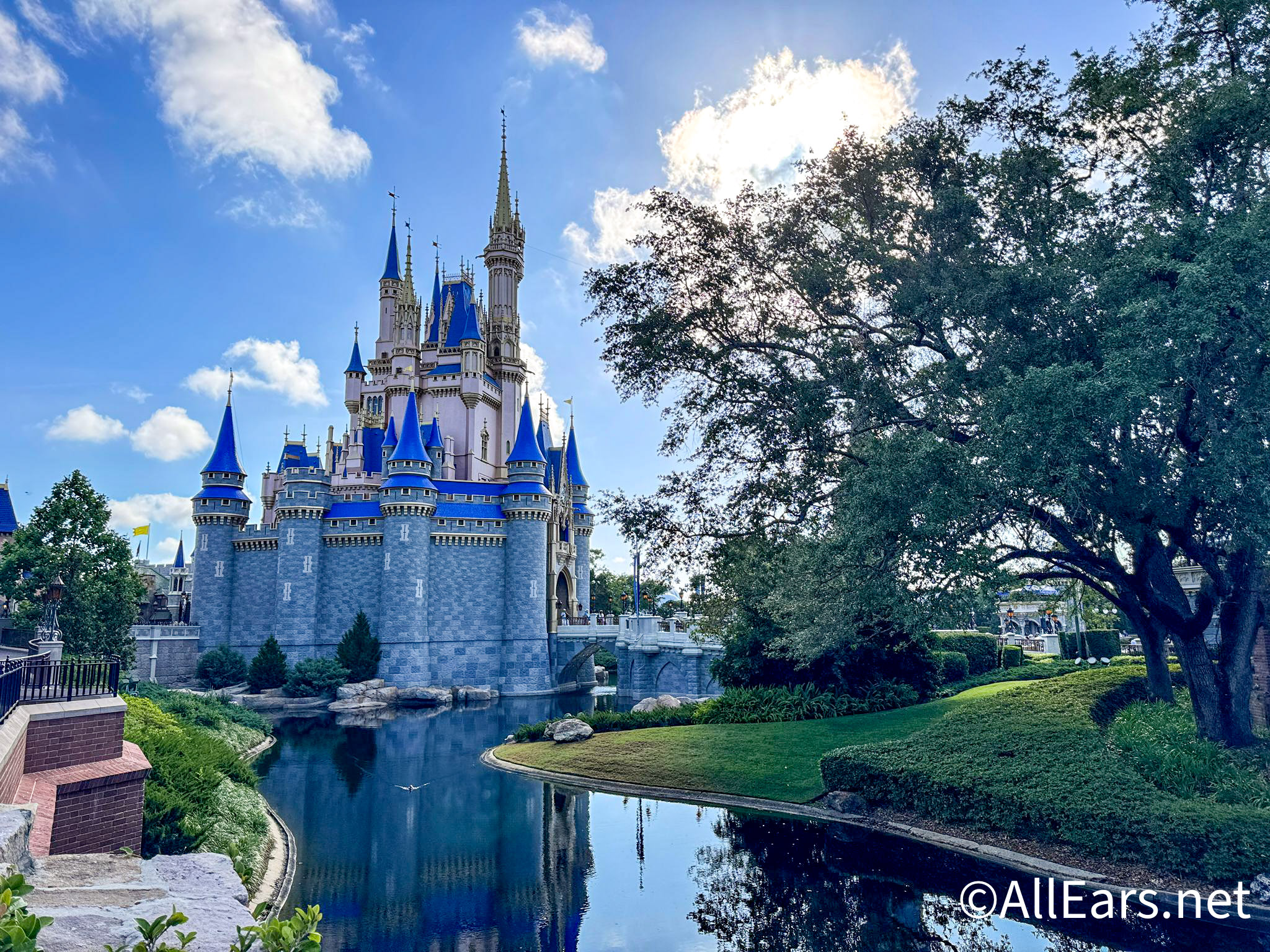
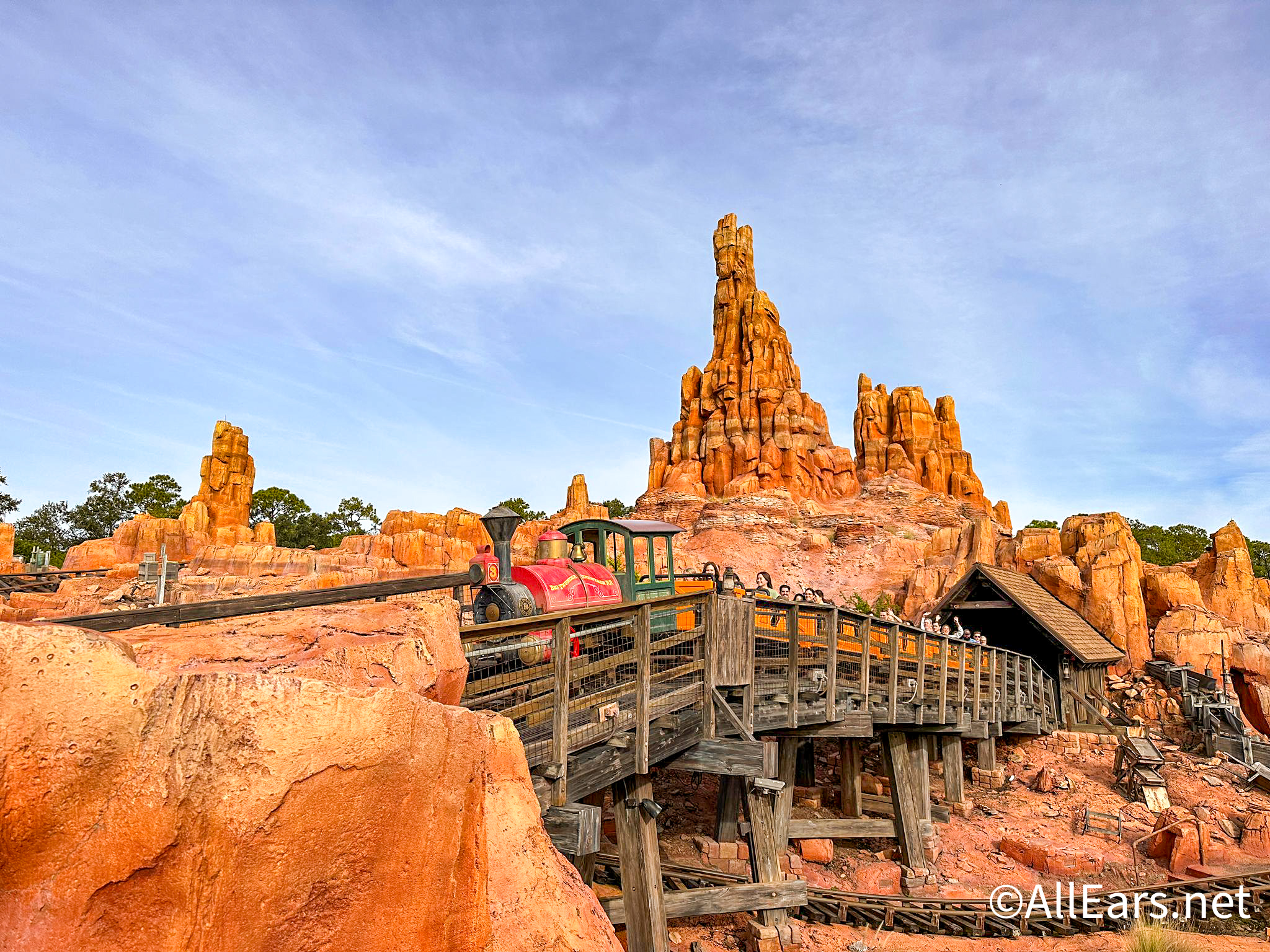
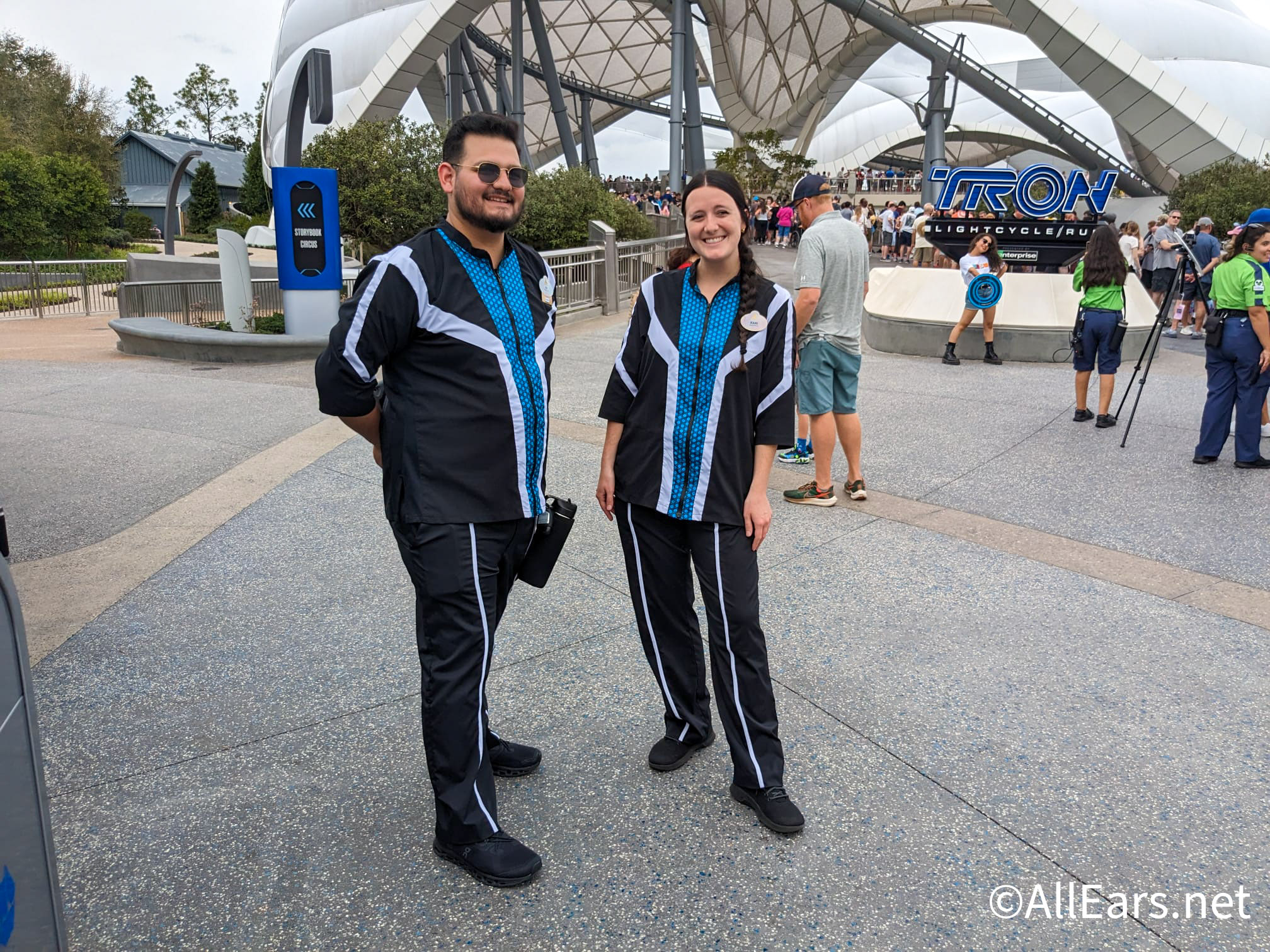
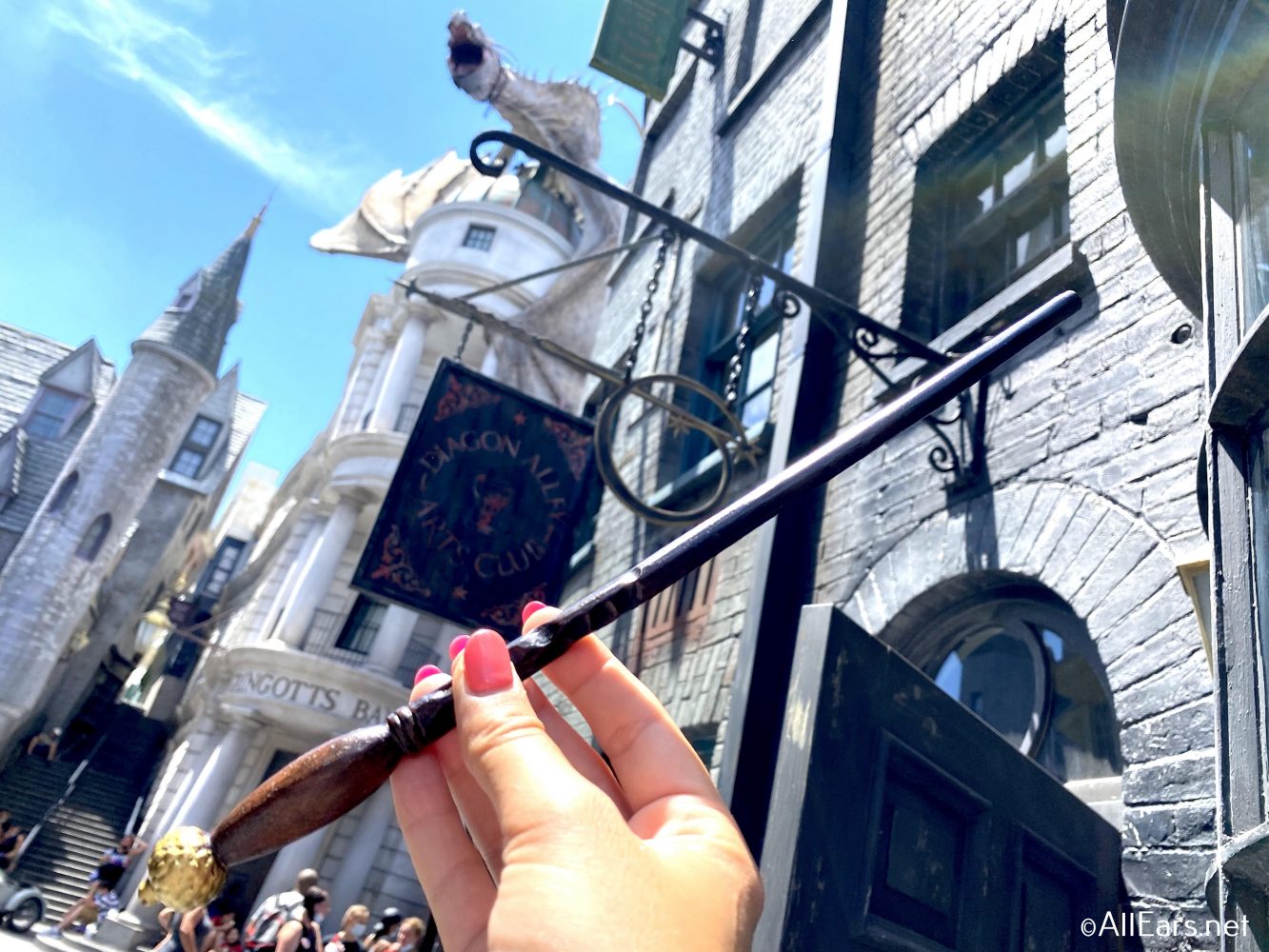
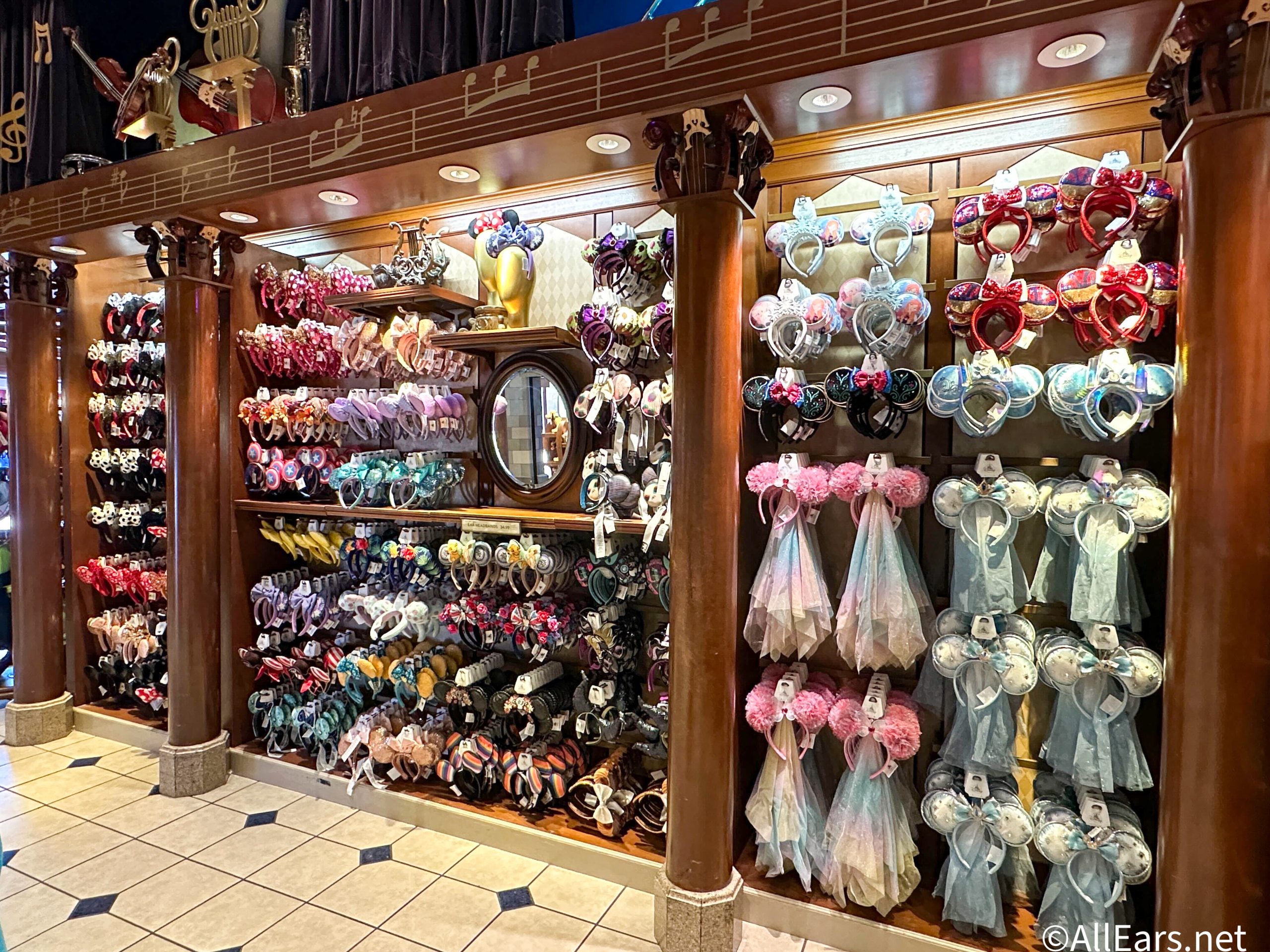



I first rode carousel of progress in 1981 and absolutely loved the whole concept of it. Each time I went back it never disappointed.